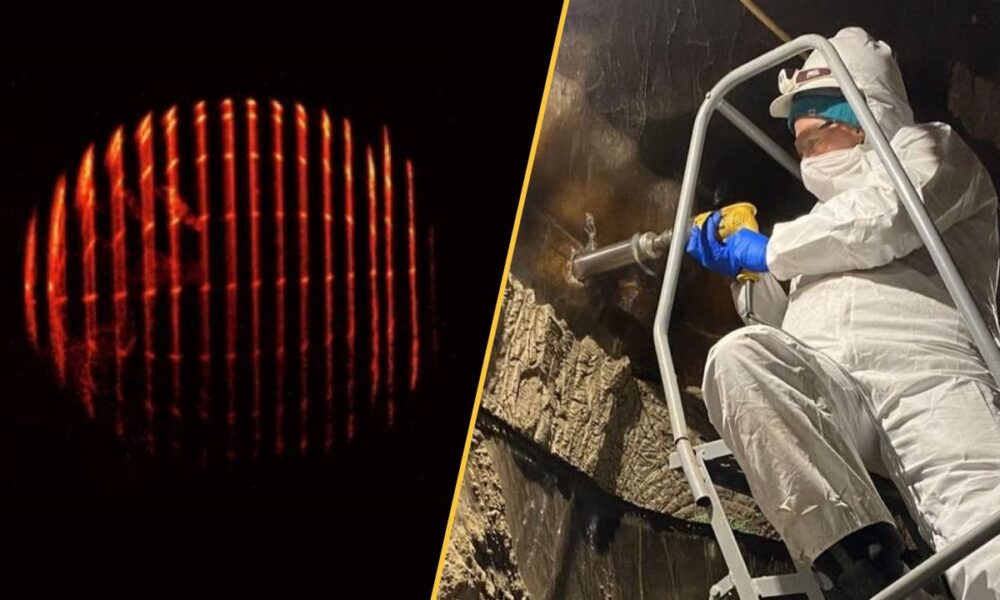Recent advancements in solar technology have led to a significant breakthrough in the stability of perovskite solar cells. An international research team, led by Prof. Dr. Antonio Abate, has successfully applied a novel coating to enhance the longevity and efficiency of these cells, which are known for their cost-effectiveness and high power output per surface area.
The study, published in Nature Photonics, reveals that the application of a fluorinated barrier compound at the interface between the perovskite surface and the contact layer has dramatically increased stability. This innovation has propelled the efficiency of perovskite solar cells to nearly 27%, marking a new state-of-the-art in solar technology. Importantly, after 1,200 hours of continuous operation under standard illumination, no decline in efficiency was recorded, suggesting significant potential for long-term use.
Breakthrough Coating Technology
The research involved collaboration between teams from China, Italy, Switzerland, and Germany. Prof. Abate commented on the innovative approach: “We used a fluorinated compound that can slide between the perovskite and the buckyball (C60) contact layer, forming an almost compact monomolecular film.” This Teflon-like molecular layer chemically isolates the perovskite layer from the contact layer, which results in fewer defects and reduced energy losses.
The introduction of this intermediate layer not only boosts efficiency but also enhances the structural stability of both the perovskite and C60 layers, making the overall system more uniform and compact. “It’s actually like the Teflon effect,” Abate added, emphasizing that the chemical barrier allows for electric contact while preventing defects.
The lead researcher, Guixiang Li, conducted much of the experimental work during his time as a Ph.D. student in Abate’s team. Currently a professor at Southeast University in Nanjing, China, Li continues to contribute to this ongoing collaboration.
Enduring Efficiency and Thermal Stability
The enhanced stability of the perovskite solar cells represents a significant advancement in solar energy technology. The research indicates that cells utilizing this innovative coating maintain a lab-scale efficiency of 27%, slightly surpassing the 26% efficiency observed without the intermediate layer. While the efficiency of the comparison cells fell by 20% after just 300 hours of illumination, the newly developed cells showed no decrease in performance over the equivalent of one year of outdoor use.
In addition to improved efficiency, the coating provides remarkable thermal stability. The cells with the fluorinated barrier were tested for 1,800 hours at temperatures of 85 °C and underwent 200 cycles between –40 °C and +85 °C, showcasing their resilience under extreme conditions.
Prof. Abate reflected on the long-standing idea behind this research, stating, “The thought of using such Teflon-like molecules to form an intermediate film has been on my mind since my postdoctoral days in Henry Snaith’s lab, who pioneered research on perovskite materials. At that time, in 2014, the efficiency was only 15%, significantly declining within a few hours. We have made huge progress.”
These findings not only contribute to the advancement of perovskite solar cells but also pave the way for the development of the next generation of highly efficient and stable optoelectronic devices. As researchers continue to explore the potential of these innovative materials, the future of solar energy appears more promising than ever.







